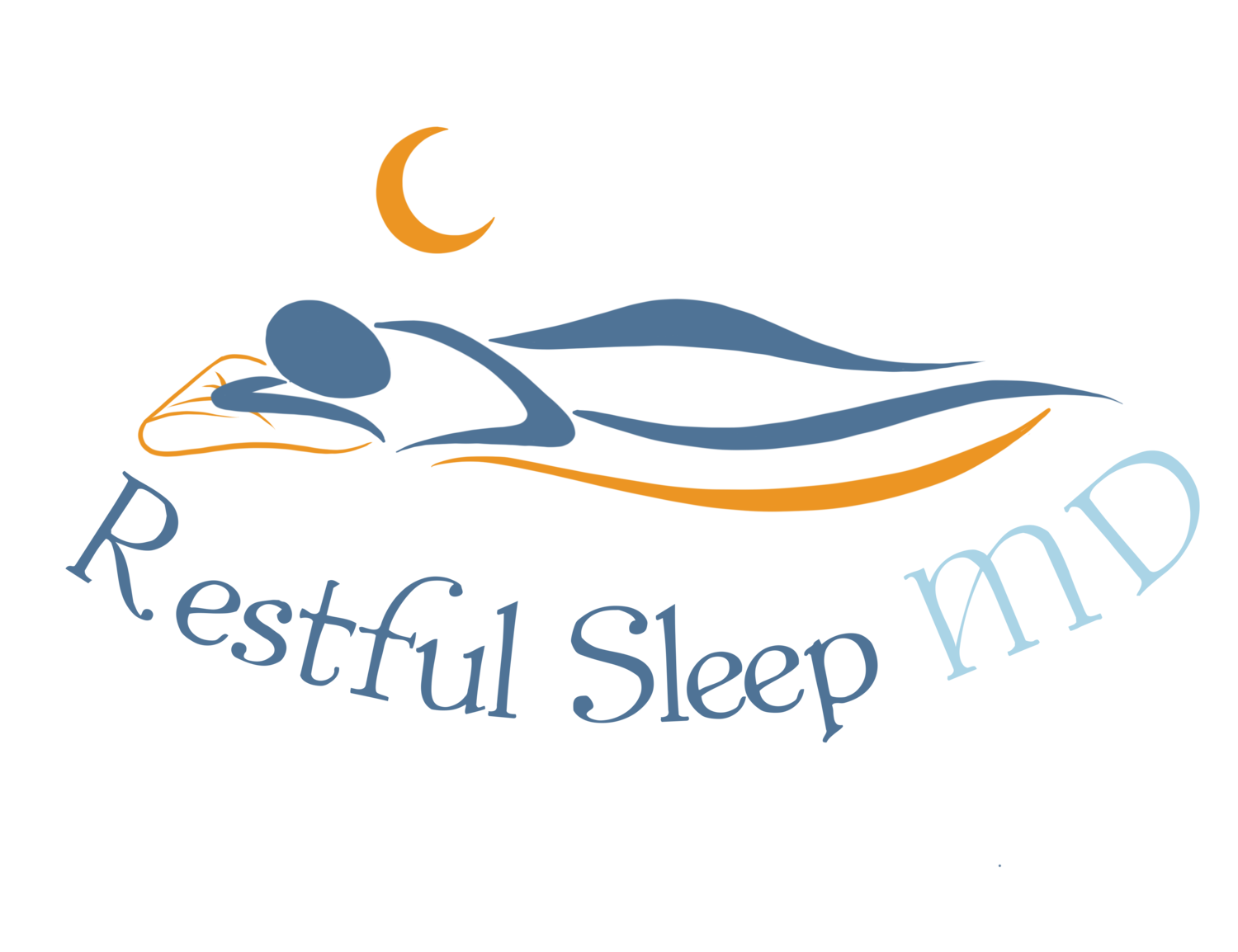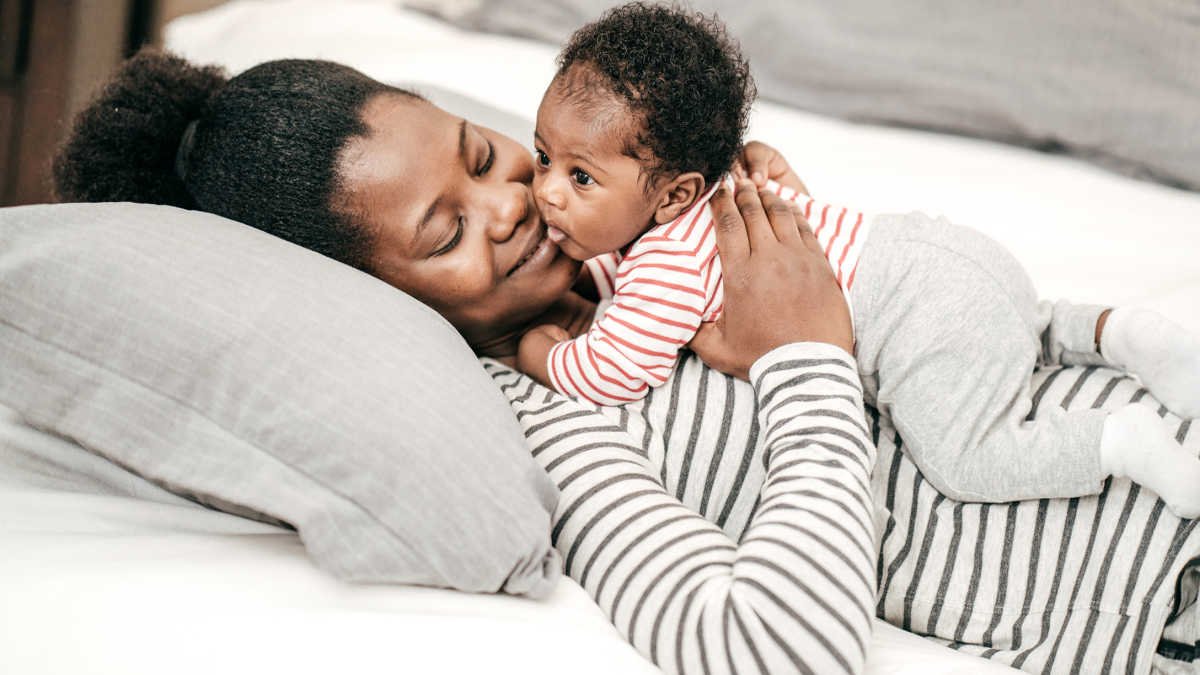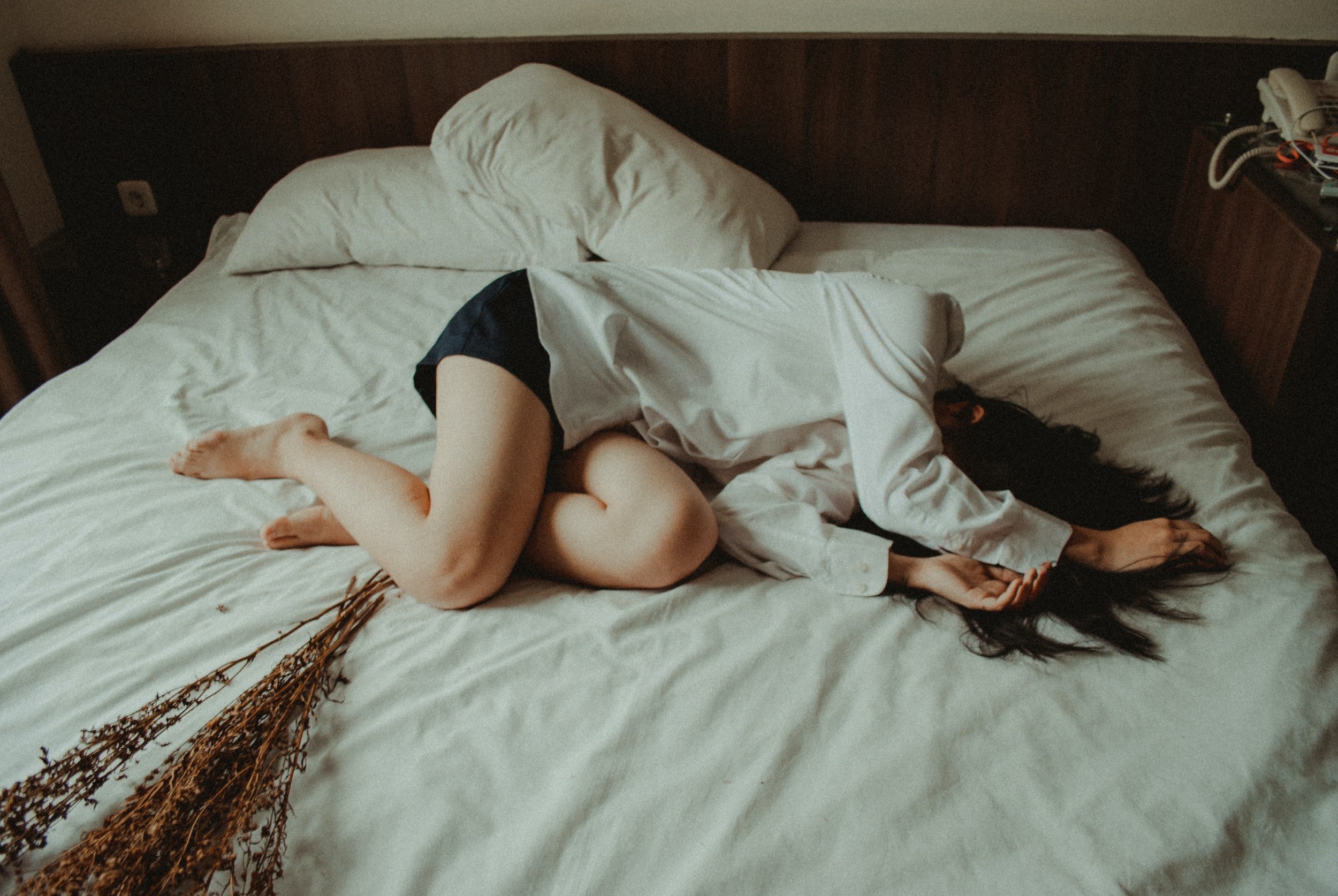Sleep Well
Find blog posts on all things sleep.
From Pillow to Plate: The Surprising Role of Sleep in Children's Weight Management
Childhood obesity is an urgent and complex problem, and its relationship with poor sleep poses a major public health challenge.
How to Survive Daylight Saving Time?
Daylight saving time is the period of the year between spring and falls when clocks in most parts of the United States (U.S.) are set one hour ahead of standard time.
Preschool sleep: Setting your kids up for sleep success
As your child gets older, their sleep needs change. The number of hours they sleep usually varies as well. Also, most preschoolers may stop taking naps. On average, your preschooler’s sleep drops to about 10 to 13 hours, including naps. By age 4 years, they may start dropping their daytime naps. When it comes to getting your preschooler the restful sleep they need, patience and consistency is key. If they attend preschool, it is helpful to work with their teachers to maintain a consistent schedule. In this blog, I discuss the sleep goals for your preschooler as well as address common sleep problems in this age group.
How to deal with mom guilt when sleep training your baby
Sleep training involves getting your baby/child into the habit of falling asleep independently without any kind of outside help/assistance. This process varies for every child, even among siblings. When most moms hear about sleep training, they first think of the cry-it-out method. You can use several ways to achieve independent sleep in your child. Despite popular opinion, there is no perfect sleep training method. The ideal approach is the one that works for your family.
How to beat jet lag in kids and optimize their sleep during travel
As the summer rolls in, many families get to travel, go to the beach, or just kick back after a busy school year. Exploring the world is fun, but having a cranky toddler dealing with jet lag isn’t. Traveling with newborns does not pose as much of a concern regarding jet lag, as they spend considerable periods sleeping around the clock. However, toddlers and older kids tend to have a more challenging time as they adjust to the different time zones. While these adjustments only take a few days, they could be the longest days of your and your child’s travel experience.
Addressing Mind Racing at bedtime
Sometimes as busy professional women, our thoughts make it very difficult to fall asleep or get back to sleep after we wake up.Thoughts of when we should have done the day before, combined with our next day’s todo list run through our minds all at once. Sometimes these thoughts trigger anxiety and oftentimes prolong our sleep onset.
Getting off the Insomnia Train
At night, as soon as the sun begins to fade and darkness falls, Jennifer begins to dread going to bed because she knows that she won’t be able to fall asleep for several hours. She begins to worry about another restless night of sleep. Even when Jennifer tries to think positively about getting a good night’s sleep, she has difficulty blocking out negative thoughts such as, “Here we go again, I’m never going to fall asleep tonight” and “If I don’t sleep tonight, how am I going to make it through the day tomorrow?”
Sleep and Decision Making
Although the amount of sleep varies from person to person, as adults, an average of 7 to 9 hours of sleep are needed to function at our best. Sometimes, we may get sufficient hours of sleep but may still have sleep deprivation if the quality of our sleep is poor. For example, suppose you have an underlying sleep problem like sleep apnea, your breathing is interrupted while sleeping, and you may wake up feeling exhausted despite sleeping for the correct number of hours.
What to do with “Bumps” at night. Treatment of parasomnias.
Parasomnias are unusual behaviors occurring during sleep. They start during childhood and tend to resolve during the same time period, however, some parasomnias persist into adulthood. Fortunately, most parasomnias are not harmful and often don’t require treatment.
In my last blog post found here, I reviewed the different types of parasomnias and the triggers. In this post, we will discuss how and when to treat parasomnias.
What Goes “Bump” in the Night? Sleep Terrors and Other Parasomnias
It is often hilarious to hear children talking in their sleep. However, it could be an alarming event if you are awakened to their shrill cry or in full-blown sleep terror. These behaviors are called parasomnias, a term used to describe unusual behaviors occurring during sleep.
These events disturb parents’ sleep more than the kids, as most children do not recall the episodes. Parasomnias are experienced before falling asleep, during sleep, and at periods of arousal from sleep. These events are seen frequently in children and can be seen in up to 17% of young children aged 3 to 13 years. Older children experience parasomnias less often, although some may persist into adulthood.
Prioritizing Sleep During the Holidays
The holidays are a beautiful time of the year. It’s a time to reconnect and celebrate with family, old friends, and loved ones. But, it can also be a stressful time with disrupted schedules and sleep, particularly with our kids.
Keeping a regular sleep schedule for ourselves and our kids amidst the parties and gatherings can be challenging. Additionally, travel, irregular meals, and late nights can further wreak havoc on our children’s sleep.
In this blog, I share some causes of sleep disruption in kids during the holidays. I also highlight some tips to prioritize your child’s sleep during the holidays.
Conversations with a Sleep Medicine Expert.
I had the privilege of chatting with Dr. Caroline Okorie, a sleep specialist and pediatric pulmonologist who cares for children with various respiratory and sleep issues. She is located at Stanford Children's Health in California.
Dr. Okorie has a great interest in all things sleep medicine and medical education, health literacy, and community engagement. She enjoys working with patients and families to help empower them to optimize their health and well-being. Dr. Okorie and I are underrepresented minorities in the pediatric sleep medicine field, a specialty that is already relatively small and unique.
In this blog, Dr. Okorie shares about herself as a sleep medicine physician, her journey so far, and some life lessons along the way.
Unlocking the Secrets to Achieving Deep, Restful Sleep: Tips and Insights
While there is more than sufficient evidence on the physical, mental and emotional benefits of good sleep, many families are deprived of this beautiful gift of rest and restoration.
There is a wide range of problems contributing to sleeping difficulties. Americans spend thousands of dollars investing in devices and other items on improving their sleep and are looking for the best mattresses, black-out shades, weighted blankets, sleep apps, to name a few. Unfortunately, while ensuring we have an ideal sleep environment, this is often not sufficient to address underlying sleep problems or habits that may be getting in our way of restful sleep. In this blog post, I discuss the components of restful sleep.
Subscribe to our newsletter.
Sign up to receive news, updates, and a free PDF download with tips for curbing mind racing at bedtime.


















